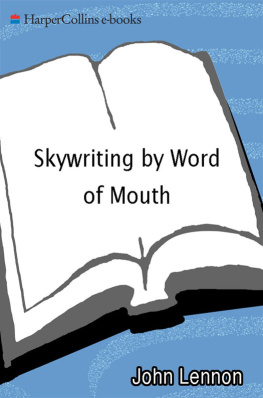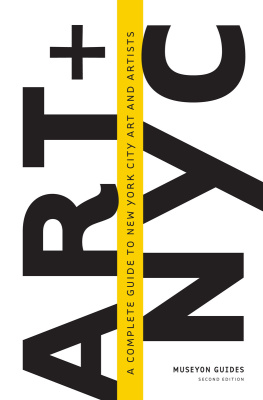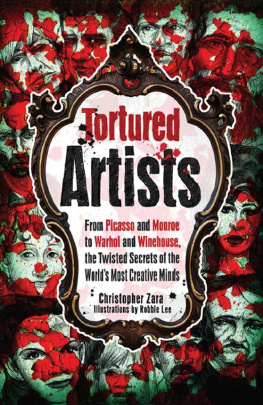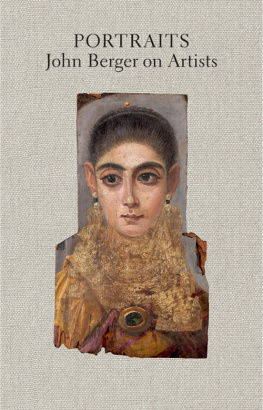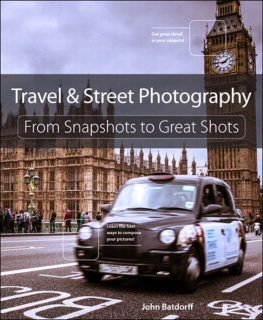


published by
Princeton Architectural Press
East th Street
New York, New York 10003
www.papress.com
2015 The Smithsonian Institution
All rights reserved
No part of this book may be used or reproduced in any manner without written permission from the publisher, except in the context of reviews.
Every reasonable attempt has been made to identify owners of copyright. Errors or omissions will be corrected in subsequent editions.
editor: Sara Stemen designer: Benjamin English
special thanks to: Meredith Baber, Sara Bader, Nicola Bednarek Brower, Janet Behning, Erin Cain, Megan Carey, Carina Cha, Andrea Chlad, Tom Cho, Barbara Darko, Russell Fernandez, Jan Cigliano Hartman, Jan Haux, Diane Levinson, Jennifer Lippert, Katharine Myers, Jaime Nelson, Rob Shaeffer, Marielle Suba, Kaymar Thomas, Paul Wagner, Joseph Weston, and Janet Wong of Princeton Architectural Press Kevin C. Lippert, publisher
Library of Congress Cataloging-in-Publication Data: Archives of American Art.
Artists unframed : snapshots from the Smithsonians Archives of American Art / Merry Foresta. First edition.
pages cm
Includes bibliographical references.
isbn 978-1-61689-295-1 (hardback)
isbn 978-1-61689-443-6 (epub, mobi)
. ArtistsUnited StatesPictorial worksExhibitions.
. PhotographyUnited StatesExhibitions.
. United StatesBiographyPortraitsExhibitions.
. Archives of American ArtExhibitions.
I. Foresta, Merry A., author. II. Title.
n6536 . a72 2015
709.2'2dc23 2014027487
frontispiece:
Andy Warhol with George Klauber, Studio on Twenty-First Street, New York City, ca. 1949
Photograph by Philip Pearlstein, Philip Pearlstein Papers, 1949 2009
jacket photographs:
(front) Lee Krasner and Jackson Pollock, ca. 1946 . Photograph by Ronald Stein. Jackson Pollock and Lee Krasner Papers, ca. 1905 84 . (back, top left) Andy Warhol, Dorothy Cantor, Corinne Kessler, and Leah Cantor on Fire Island Beach, New York, ca. 1949 . Photograph by Philip Pearlstein. Philip Pearlstein Papers, 1949 2009 . (back, top right) Gertrude Abercrombie with Dizzy Gillespie on his birthday, Oct. 21, 1964 . Gertrude Abercrombie Papers, 1880 1986 . (back, bottom) Diego Rivera and Frida Kahlo, Coyoacn, Mexico, 1942 45 . Photograph by Chester Dale. Chester Dale Papers, 1897 1971 .
jacket design: benjamin english .

dec. 25, 1976
Suzi Gablik, Leo Castelli, and Ton Simons on Saint Martin
Suzi Gablik Papers, 1960 2013
FOREWORD
Snapshots are everywhere. Some are meticulously labeled and organized in photograph albums, while others are haphazardly thrown into shoe boxes and stashed in closets. In the digital era, snapshots are stored on our smartphones and shared widely on social-media sites. Snapshots are fertile ground for moments of rediscovery, when someone holds a little picture and remembers the moment or life captured within it. This book takes the ubiquitous snapshot that is central to the lives of so many of usincluding artistsand recognizes its varied roles, from a simple document of time and place to an evocative work of art in and of itself.
The Archives of American Arts deputy director, Liza Kirwin, conceived the theme of this book in response to the increasing attention given to snapshots in art history and popular media. Major museums have organized exhibitions around the snapshot, including The Art of the American Snapshot, 18881978: From the Collection of Robert E. Jackson at the National Gallery of Art in 2007 and Now Is Then: Snapshots from the Maresca Collection at the Newark Museum in 2008. In 2010 the social-networking site Instagram launched, allowing users to snap photographs comparable to Polaroid snapshots, complete with filters and borders that mimic vintage prints.
The Archives first exploration of snapshots was the 2011 exhibition Little Pictures, Big Lives: Snapshots from the Archives of American Art, guest curated by photography specialist Merry Foresta, the former director of the Smithsonian Photography Initiative. Foresta adeptly framed these personal items within the history of photography, and in this book she explores the snapshot further, as it relates to a variety of themes.
Among the Archives collections of more than twenty million items are thousands of snapshots. I have found some new favorites among the scrapbooks of art critic, artist, and teacher Suzi Gablik, who recently made a generous donation of her papers to the Archives. In them we discover Gablik with Leo Castelli, Kenneth Noland, Anthony Caro, Claes Oldenburg, and many other famous art-world figures. But here they have stepped away from the studio or the gallery or the writing desk and are engaged in the familiar, quotidian activities that help to shape each of usunself-conscious moments from vacations, Thanksgiving dinners, birthday parties at home. In this book you will find many similar images that offer intimate insight into the everyday lives of artistsfrom snapshots taken by artists just after the 1900 introduction of the Kodak Brownie camera to contemporary examples.
Through our own publications and by supporting the research of others, the Archives of American Art tells the backstory of art in America. These snapshots and the ever-growing number of letters, diaries, oral histories, and other personal and business documents preserved at the Archives are the building blocks of that backstory, adding dimension and depth to our understanding of this countrys rich visual culture.
Kate Haw, director, Archives of American Art
ACKNOWLEDGMENTS
Artists Unframed features snapshots selected from thousands of images scattered throughout the documents, letters, and diaries of artists in the collections of the Smithsonian Archives of American Art. These photographs invite consideration not as simple or inconsequential little pictures, but rather as complex evidence of the intimate lives of larger-than-life people.
Like all publication projects, this book was the effort of many talented individuals. My thanks go first to Kate Haw, director of the Archives of American Art, who entered this project midstream and quickly gave her blessing to our work. Liza Kirwin, the Archives deputy director, not only provided the initial idea for a project about snapshots, but throughout was generous with her deep knowledge of and unique perspective on the rich materials held in the collections. Mary Savig, curator of manuscripts, has been more than helpful with archival research. With her enthusiasm for little pictures, she contributed not only information and access to images, but also her delightful encouragement, which was appreciated all along the way. I wish to thank, among the Archives staff who also deserve recognition for shepherding this book, Wendy Hurlock Baker, rights and reproductions coordinator; Marv Hoffmeier, digital imagist; Bettina Smith, digital projects librarian; Kathryn Donahue, intern; Susan Cary, registrar and collections manager; and Suzanne Bybee, administrative officer. I would also like to thank Jennifer N. Lippert, editorial director at Princeton Architectural Press, for her enthusiasm and guidance during a project long in the making, as well as Sara Stemen, senior editor.


